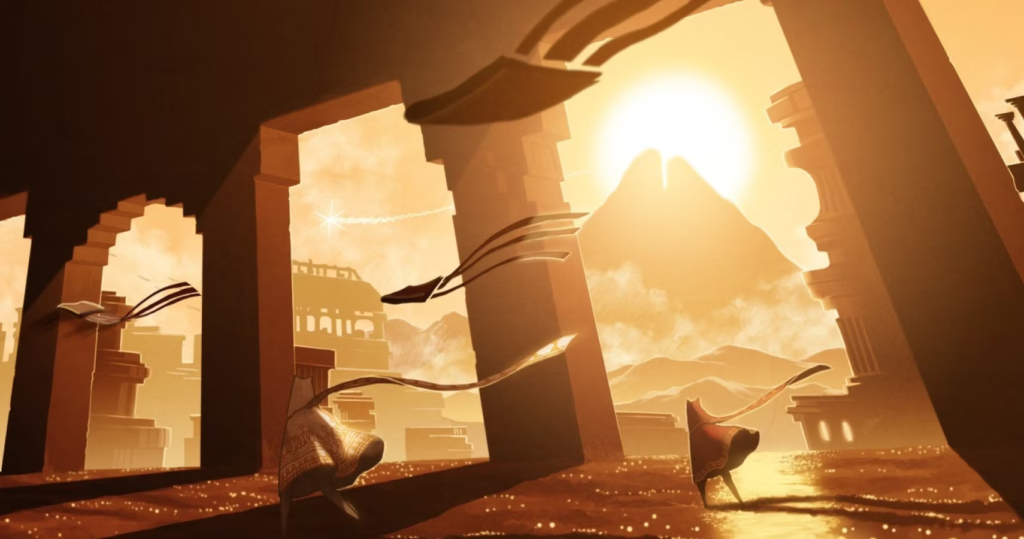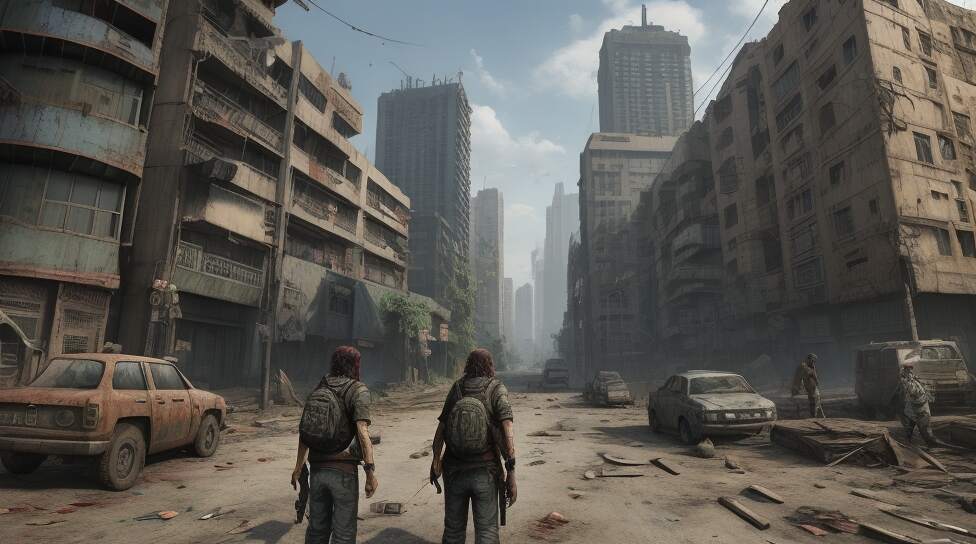Introduction to Game Design

The art of using design and aesthetics to make a game for fun, learning, exercise, or experimenting is called game design.
It involves coming up with a game’s rules and structure, as well as its mechanics and how it is played.
Level design is an important part of game design because it makes sure that the game is fun, challenging, and interesting for players.
What is Level Design?

Level design is an important part of game design because it involves making the stages or environments where players interact with each other in a game.
A well-designed level can keep players interested by encouraging them to explore and giving them a good mix of challenges and rewards.
Designing levels means thinking about things like layout, pacing, goals, and story to make game worlds that are immersive and interesting.
The Importance of Level Design in Game Design
Level design is very important because it has a direct effect on how the player feels. It shows the player how to progress through the game and affects how they feel, how engaged they are, and how satisfied they are.
Good-level design keeps things interesting so that players do not get too frustrated by too much or too little challenge. Instead, it makes the experience smooth and fun, which keeps players interested in the game.
Key Principles of Level Design
1. Understanding Player Psychology

You need to know how players think and act to be a good-level designer. The player’s actions, reactions, and emotions must be predicted.
Designers can make levels feel natural and rewarding by understanding how players think and feel. This makes players want to explore and interact with the game world.
2. Creating a Cohesive Environment

For immersion to happen, the environment must be cohesive. Level designers have to make sure that everything in a level makes sense in the world of the game.
This includes things like visual consistency, thematic elements, and the way the story flows. The world of the game feels real and interesting when the environment is well-drawn.
3. Balancing Challenge and Reward

Making games that are both challenging and fun is very important. Players should not get frustrated, but they should feel challenged. Designers find this balance by making the game harder over time, setting clear goals, and giving the right rewards.
This balance keeps people interested in the game and motivated to play it.
4. Pacing and Flow

How quickly a player moves through a level is called “pacing,” and how smoothly different parts of the game flow into each other is called “flow.”
Good flow and pacing keep players interested without making them feel rushed or bored. The designers can change the flow and pacing by changing the layout of the levels, where the enemies are placed, and how the story works.
5. Incorporating Player Feedback

Utilizing player feedback is necessary to improve level design. Developers can see how real players interact with a level and find ways to make it better through playtesting.
Feedback helps designers make the changes they need to make to improve the experience for all players.
Techniques for Crafting Compelling Game Worlds
1. Using Visual Storytelling in game design

Visual storytelling is a great way to make games. Designers use the environment, objects, and visual cues to tell stories and instruct players on how to behave.
In this case, the setting can tell a story, or visual cues can be used to draw the player’s attention to certain parts of the game.
2. Designing Engaging Objectives

Players have a sense of purpose and direction when they have goals. Objectives that are engaging are clear, attainable, and rewarding.
Designers can keep players interested by giving them a variety of tasks to do, like puzzles, exploration tasks, and combat challenges.
3. Creating Dynamic Environments

The environments in dynamic games are interactive and change based on what the players do. Things that can be destroyed, changing weather, and enemies that can change how they act are all examples of this.
Adding dynamic environments to a game makes the world feel more alive and real, which keeps players more interested.
4. Implementing Non-linear Level Design
Level design that is not linear gives players a lot of options and paths to take, which encourages exploration and replayability.
This way of doing things lets players approach challenges in various ways, making the experience more unique and interesting.
Players are more likely to try new things and find new strategies when the game is not linear.
5. Utilizing Sound Design
Sound design plays a critical role in creating immersive game worlds. Ambient sounds, music, and sound effects contribute to the atmosphere and emotional tone of a level.
Sound design that works well can raise the tension, give feedback, and improve the player experience as a whole.
The Role of Technology in Level Design
Technology improvements have had a big effect on game design, especially on how levels are made. Designers can make game worlds that are very detailed and hard to understand by using modern game engines’ powerful tools and features.
Environments that are more realistic and changeable can be made with technologies like procedural generation, real-time lighting, and physics simulation.
Procedural Generation In Game Design
In procedural generation, algorithms are used to make content on the fly. This method can make huge, varied game worlds, which makes games more fun to play again and again and cuts down on the time it takes to make them.
When making big open-world games with lots of different environments, procedural generation comes in very handy.
Real-time Lighting In Game Design
Real-time lighting makes a game world feel more real and sets the mood. Dynamic lighting effects, such as shadows, reflections, and global illumination, create a more immersive experience.
Lighting can help designers direct players, draw attention to important areas, and create mood effects.
Physics Simulation in Game Design
Physics simulation makes game worlds more realistic by accurately simulating how things and environments behave. Including realistic collisions, movements, and interactions.
Physics simulation makes environments more dynamic and interactive, which helps players feel more immersed.
Conclusion
Level design is an important part of game design that has a big effect on how the player feels. Level designers can create interesting and immersive game worlds by understanding how players think and feel, creating environments that work together, finding the right balance between challenge and reward, and using cutting-edge technologies.
People who want to become level designers can use the ideas and methods talked about in this article to make levels that are fun to play and add to the overall design of the game.
Remember that good-level design is all about making the experience smooth and fun so that players want to come back for more. By mastering the art of level design, you can elevate your game design skills and create worlds that captivate and inspire players.
